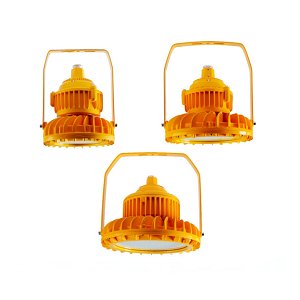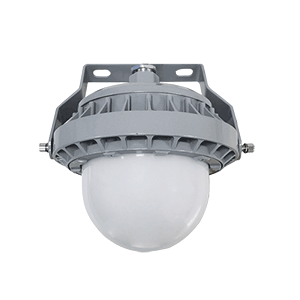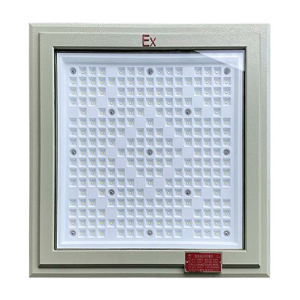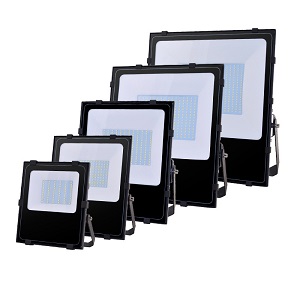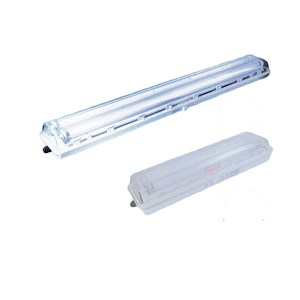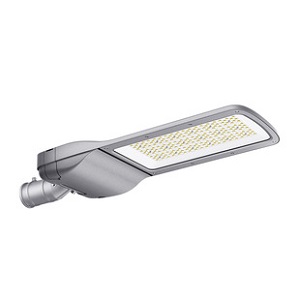Explosion-Proof Technical Specifications for Increased Safety Tubular Double-Pin Explosion Proof Fluorescent Lamps
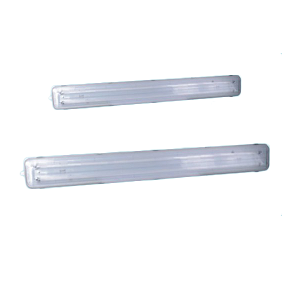
Increased safety tubular double-pin explosion-proof fluorescent lamps are widely used in flammable and explosive environments such as petroleum and chemical industries. Their structure typically includes an enclosure, protective cover, lamp holder, ballast, fluorescent tube, isolation switch, and other components. In explosive atmospheres, fluorescent lamps with an equipment protection level (EPL) of “Gb” are the most widely applied.
Key explosion-proof safety requirements for these explosion proof fluorescent lamps include:
- Thermal Stability of Non-Metallic Materials
The long-term thermal stability of non-metallic enclosures and insulating components must exceed the maximum operating temperature by at least 20K, with a minimum requirement of 80°C. - Distance Between Tube and Protective Cover
The distance between the fluorescent tube and the protective cover must be no less than 5mm. For coaxial tubular transparent covers, the minimum internal distance from the tube must be 2mm. - Electrical Clearance and Creepage Distance
Electrical clearances and creepage distances must comply with Clauses 4.3/4.4 of GB/T 3836.3-2021. - Parallel Connection of Lamp Pins
When connected to the lamp holder or directly wired within the luminaire, the two pins of the lamp head must be connected in parallel. For redundancy, each pin must have a current-carrying capacity equal to the lamp’s rated current. - Independent Electrical Connections
The electrical connection system for each pin must operate independently of other pins. - Pin Deformation Prevention
Pin supports must minimize deformation when lateral contact pressure is applied to the pins. - Reliable Connections Under Harsh Conditions
Electrical connections for each pin between the tube and lamp holder must remain reliable under corrosive and vibrational conditions. - Ambient Temperature Limit for Electronic Ballasts
For tubular double-pin fluorescent lamps using electronic ballasts, the maximum ambient temperature must not exceed 60°C. - Temperature Classification
Lamps with electronic ballasts must adhere to a maximum temperature class of T4.
This technical outline ensures compliance with safety standards for high-risk environments while optimizing performance and durability.

